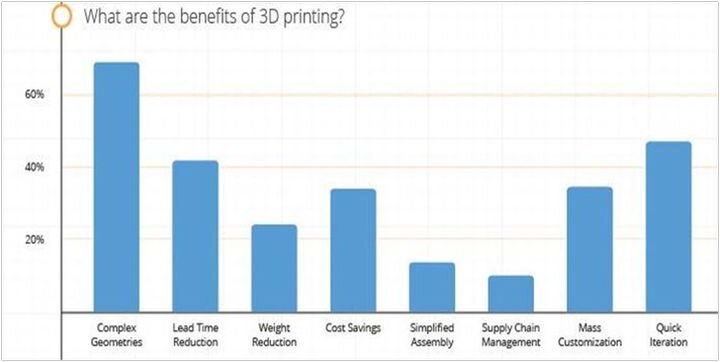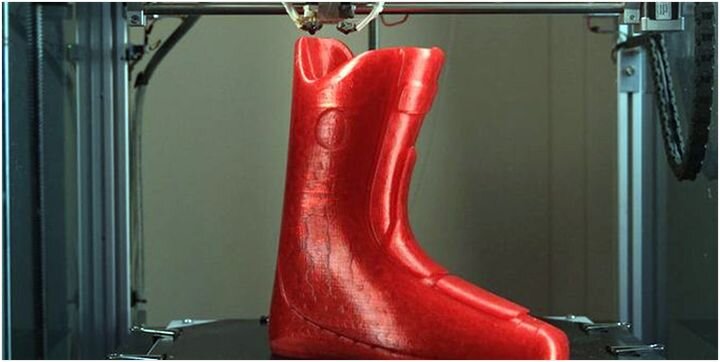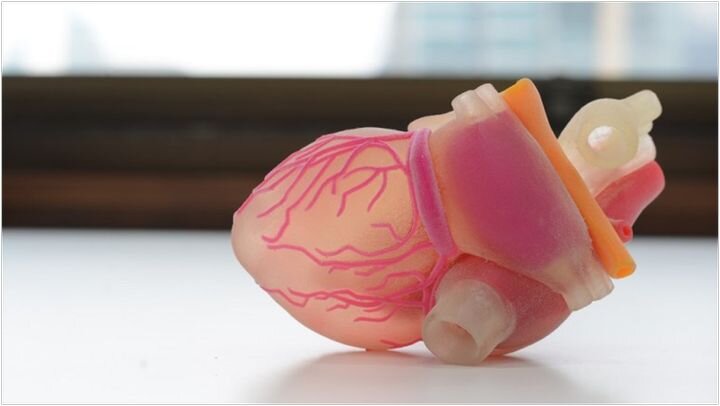
Charles Goulding and Preeti Sulibhavi take a look at some major events in 3D printing during 2019.
Proposed HP/Xerox Merger Heads for Proxy Fight
HP has quickly become a major force in the 3D printing world. The surprise US$33B offer from Xerox, which has an embryonic 3D printing program, caught the 3D printing industry by surprise. The fundamental challenge for both of these printing industry giants is addressing the low growth rates of their large legacy 2D printing businesses. Both companies tout major cost-saving opportunities which presumably will continue even while the proxy battle continues. It was recently reported that Xerox has secured the bank funding to consummate the purchase.
New and Improved Materials Create More Opportunities
Recognizing the 3D printing industry’s increasing potential for the large major materials companies continue to develop new and improved printing materials. Some prominent names include BASF, Royal DSM, and Lyondell Basell.
RPI 3D Printing and Lighting Consortium Draws Key Industry Players
Rensselaer Polytechnic Institute (RPI) and its Lighting Resource Center (LRC) is arguably the world’s leading center for the lighting industry’s academic studies. Its pioneering efforts to educate the lighting and 3D printing industry about their mutual opportunities have encouraged a broad range of leading companies including competitors in both industries to share ideas. Hopefully, this is the model that other industries that can likewise benefit from 3D Printing knowledge can also learn from.
Boeing Product Suspension Impacts the Entire Supply Chain
Aircraft components have been one of the biggest success stories for industrial product 3D printing. The unexpected extended Boeing plan production suspension has severely impacted the entire Boeing multi-tier supply chain. Continued 3D printing improvements in this important sector are dependent on a financially strong supply chain and it will take time for the impaired supplier to recover and resume their R&D budgets.
Carbon as the Disrupter
Carbon 3D is disrupting the 3D printing industry with new and improved products and materials and a subscription business model. Their recently installed CEO Ellen Kullman was formerly the Chairman and CEO of Dupont, the leading global chemical company. She is on the Boards of Directors of United Technologies and Goldman Sachs and is considered one of the most powerful women in the world.

The Research & Development Tax Credit
Enacted in 1981, the now permanent Federal Research and Development (R&D) Tax Credit allows a credit that typically ranges from 4%-7% of eligible spending for new and improved products and processes. Qualified research must meet the following four criteria:
-
Must be technological in nature
-
Must be a component of the taxpayer’s business
-
Must represent R&D in the experimental sense and generally includes all such costs related to the development or improvement of a product or process
-
Must eliminate uncertainty through a process of experimentation that considers one or more alternatives
Eligible costs include US employee wages, cost of supplies consumed in the R&D process, cost of pre-production testing, US contract research expenses, and certain costs associated with developing a patent.
On December 18, 2015, President Obama signed the PATH Act, making the R&D Tax Credit permanent. Since 2016, the R&D credit can be used to offset Alternative Minimum Tax (AMT) or companies with revenue below $50MM and, startup businesses can obtain up to $250,000 per year in cash rebates that can be applied directly to payroll taxes.

The Future of 3DP
Whether it is the LRC at RPI or Boeing’s supply chain vendors, the lessons learned from the state of 3DP in 2019 teach us to pay attention and never underestimate the power of the 3D printing industry and its significant impact on various market sectors.

